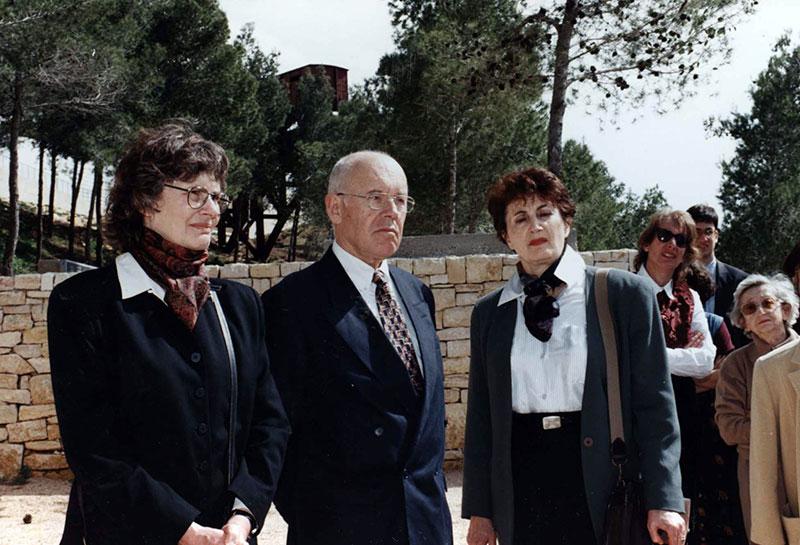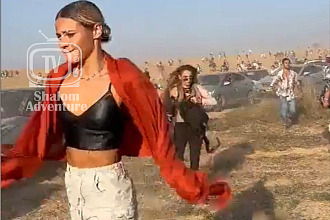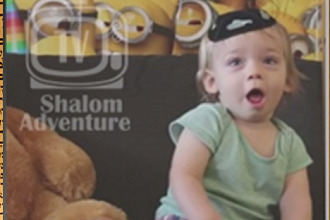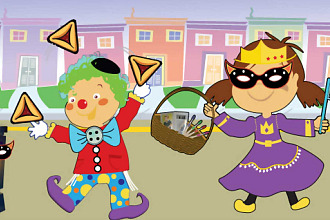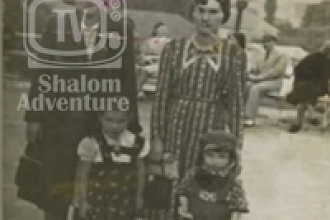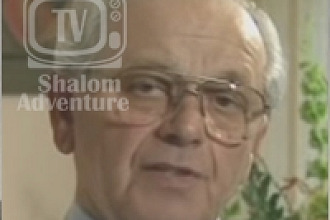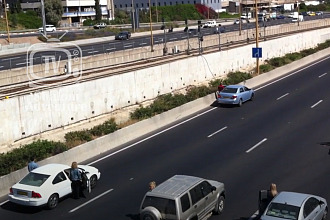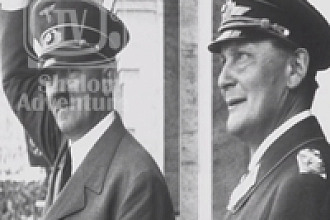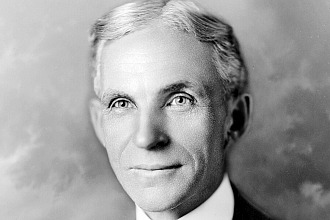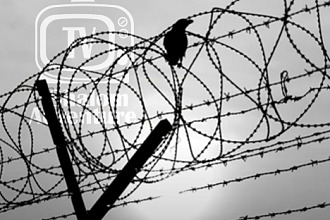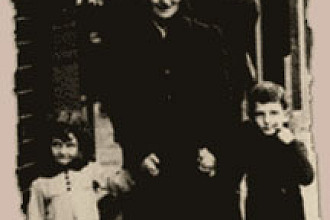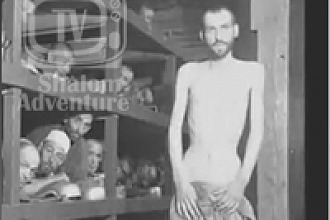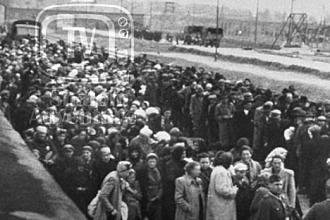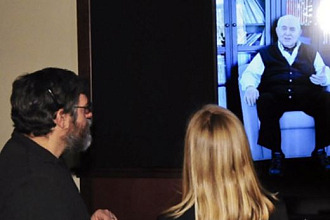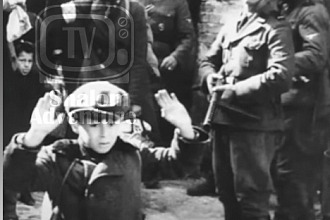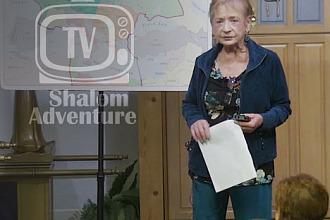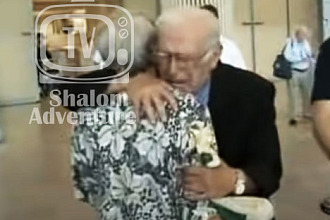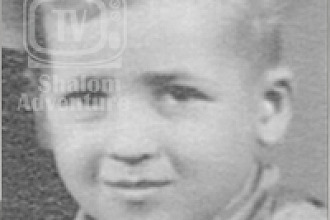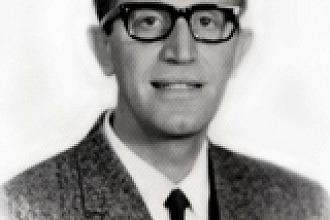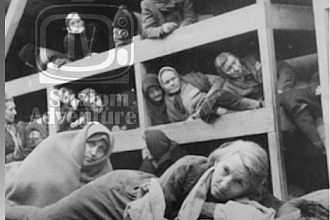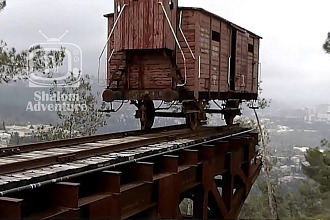In 1939 Helena Sitkowska was a widow, a retired teacher, and a mother of two: 15-year-old Andrzej and 10-year-old Magda. The family lived in Bielany, a precinct of Warsaw. Before, in the 1930s, they led a rather comfortable life but the death of their husband and father, together with the outbreak of the World War II greatly affected the family. Helena was forced to rent out rooms of their house, and Andrzej traded vinegar and cigarettes. Regardless, they tried to maintain their old standard of living. Andrzej studied at an underground university and attended a vocational school.
In the fall of 1942 Bronisława Kozak, together with daughters Wisia and Maria, fled the Częstochowa ghetto. For a few months they found shelter at the countryside. In 1943 they managed to get to Warsaw where, Bronisława, thanks to her relative Cecylia Kozak, found an apartment and got a job as a housemaid. The girls were hidden in a convent. Not for long, though. By the end of 1943 it was no longer a safe place.
Helena Sitkowska was asked to help hide Wisia Kozak by the family friend, a blind masseur Mr. Marszałek. A few months later Maria joined her sister. The Sitkowski family hid Wisia for about six months. Bronisława and Maria stayed with them a little bit shorter. The girls had their own room; they were fed and taken care of. Andrzej taught Wisia how to read and Magda often played with the girls. They were treated as members of Sitkowski family.
Bronisława joined her daughters just before the outbreak of the Warsaw Uprising. Andrzej, who belonged to Grey Ranks, got involved in the Uprising (for which he was later taken to prisoner of war camp in Germany). Sitkowska sent Magda to relatives in the south of Poland. In that way she, Bronisława and the Kozak girls were left alone. When in September 1944 their house got burned in a fire, their neighbors gave them shelter. Soon they were all displaced and sent to a camp in Pruszków.
Helena Sitkowska and Bronisława Kozak managed to bribe a guard and fled the convoy. The women and the girls survived till the liberation in 1945.
After the war the Sitkowski family moved to Łódź (a few years later Andrzej returned to Warsaw, then he emigrated to Switzerland to finally settle in Germany). In 1946 the Kozak family moved to Israel. In the following years, Maria, who changed her name to Marion, went to London to study. Wisia – now Hadassa – moved to New York. Eventually, their mother Bronisława also decided to settle down in London. Ties of friendship between Andrzej Sitkowski and the Kozak sisters have lasted till this day.

